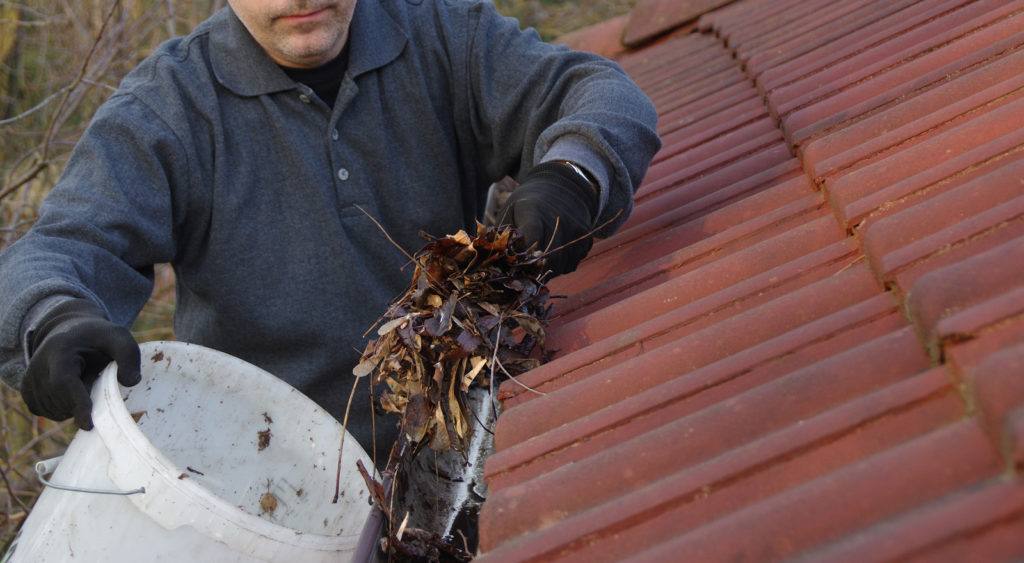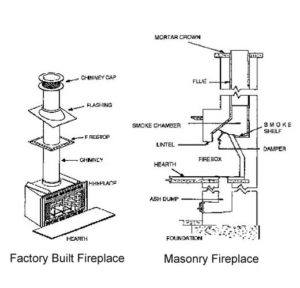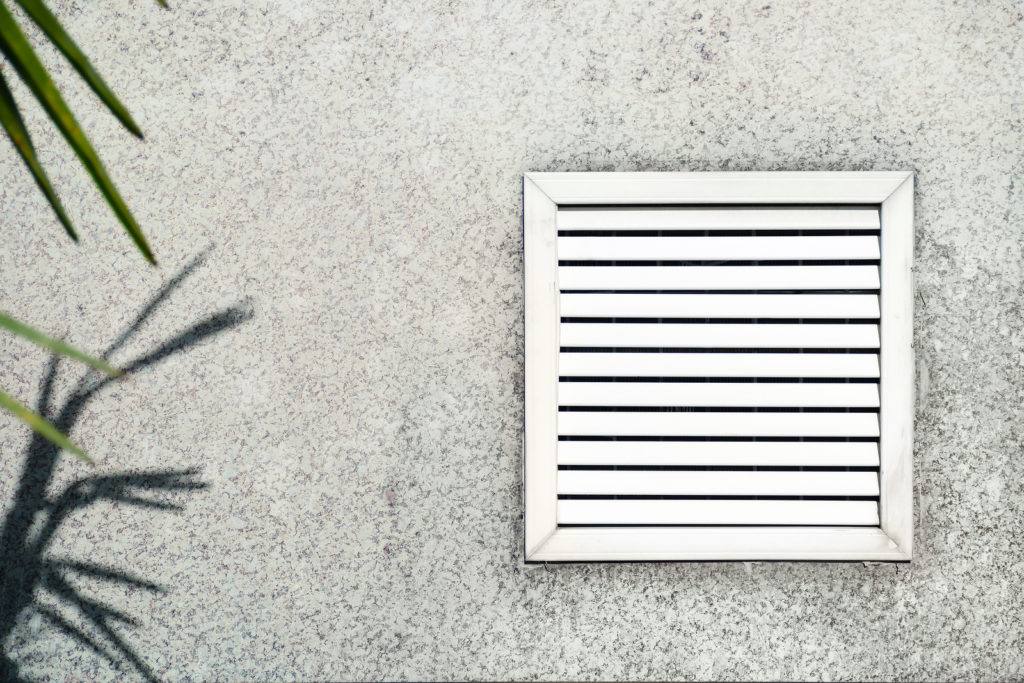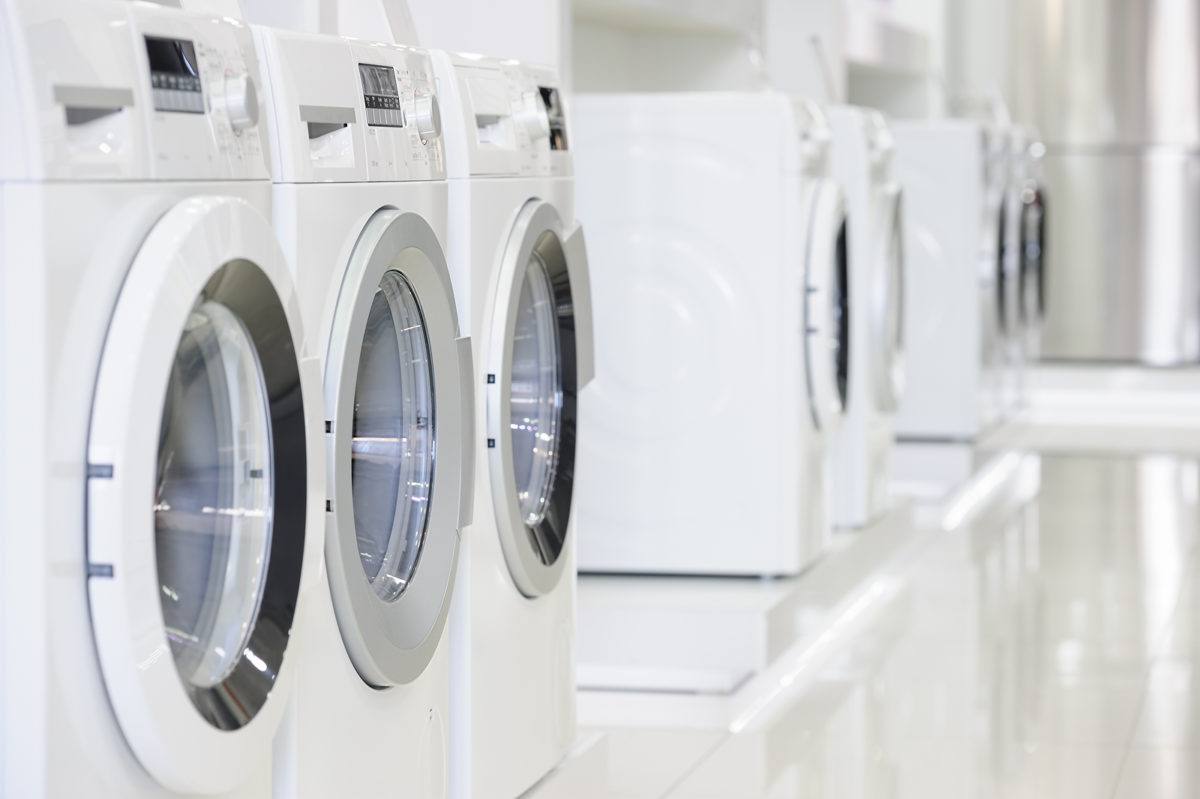Spring cleaning is a tradition households follow as winter weather gives way to fresh, warm spring days. This is a natural time for fresh starts, including resetting your annual home needs. And going forward knowing all is in order.
Spring cleaning has its own natural task list, plus many things that you could theoretically do any time. It’s convenient and efficient to lump these spring-time and any-time chores together.
So what are these tasks and what’s the best way to get them done? You can actually get a huge amount of home maintenance accomplished if you approach it with good organization. This 3 day plan can leave you with all your spring chores handled easily in just a few days.
DAY 1- DOING WALKTHROUGHS
Get a notepad and write these headings on the pages: BUY, MAINTENANCE, REPAIR, and REPLACE. As you go, you’ll be making lots of notes here. This can help you stay organized and efficient, so you can save your time and energy for other things.
Walkthrough to find out what’s needed:
INSIDE THE HOUSE
- Press the “test” button on your smoke and carbon monoxide detectors. Swap out old batteries for fresh ones, if needed. Write down any batteries you need to buy.
- Check your plumbing for leaks. Include sinks, toilets, and any pipes you can access. Make notes if needed under repair or replace.
- Turn on all lights as you walk through, list bulb types and number you need under “buy”.
- Check your walls for dirt and scuffs. Wash walls if needed, or note where you need to repaint.
- Inspect caulking in the bathroom & kitchen. Also check window seals, and seals on door and window insulation as you go. Make notes if needed under repair and replace.
- Clean your floors and check for stains and damage. If you need minor repairs, carpet cleaning, or significant floor maintenance, make a note of it.
- Check your HVAC system and make note of the filter size to buy for replacement.
- Look at your dryer vent. When was it cleaned last? Have it professionally cleaned if needed.
- Have you had your chimney swept this year? If not make a note to schedule maintenance.
OUTDOORS
- Inspect and test your lawnmower, make notes where appropriate if it needs help.
- Turn on your irrigation system and walk around the grounds to inspect it before the watering season. Move any roots choking it, make notes of any leaking or clogged areas it has.
- Inspect wooden features like decks and fences to see if they need to be re-sealing or staining, make a note of loose railings and boards to repair.
- Spray down concrete and look for pools of water on your property. When it rains, are there places where water pools in your grass and soil areas? Look at your driveway, walkways, and patios. Make note if concrete surfaces or drainage need professional help.
- Visually assess your foundation, siding and roof for repair and maintenance needs. If you can’t see your roof from the ground, make a note to call for a roof inspection.
- Use a ladder to check your gutters and downspouts for foliage. Make a note under maintenance to clean them if needed.
- Observe your lawn, landscaping and trees. Make a note of any problems that might need addressing.
DAY 2- GETTING STUFF DONE
This would ideally be a full day off from work. Day two doesn’t literally have to be the day after Day 1. It should be a day that you have time to get your hands dirty.
- Looking at your to-do lists, add anything you need from the store to the to-buy list
- Buy items on your list from yesterday: batteries, HVAC filters, etc.
- Complete the tasks you noted to do today.
- Give your fireplace surround a thorough scrubbing.
- Dust your home, from top to bottom. Start with things that are higher up, then mid-level, then lower items.
- Clean your doors, windows and screens — inside and out. If they need repair or replacement, make a note.
- Flush your water heater, or make a note under maintenance to hire a pro to perform the work for you. Experts recommend flushing annually.
- If you have a sump pump, test it by slowly pouring water into the sump pit. The pump should activate and the water should drain. Make a note that you need repair if necessary.
- Do a lawn mower oil change if it’s been a while, and fill it up with gas if needed.
- Flip the switches on your ceiling fans to move the fan blades counterclockwise and send air downward. This should help clean dust from the blades. If they need extra dusting, get a step ladder and wipe them with a rag.
- Inspect your HVAC system and replace your filters. Make a note to hire a professional if you’re due for your annual service or an air duct cleaning.
- At the end of the day, make note of anything still undone to come back to later.
DAY 3- MAKING PLANS
This should ideally be a work day, so that businesses are open when you call. Look at your calendar and identify times you can schedule maintenance and repairs. This makes it easier when you make calls to schedule services that you identified a need for. Make the calls to schedule services you need.
You can also use today to finish repairs or maintenance that you weren’t able to finish on the second day. There may have just been a high volume of things to get done, or some tasks may have included more steps than you foresaw. Either way, today’s your day to wrap them up.
Using this system of 1) Doing Walkthroughs, 2) Getting Stuff Done, and 3) Making Plans can keep you organized and ensure that all your Spring Cleaning tasks get handled efficiently.





